Let’s Be Evil
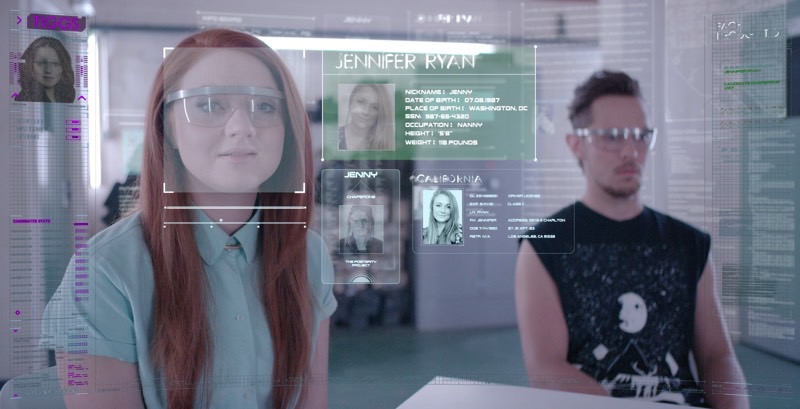
A hurried and muddled prologue begins Let’s Be Evil, Martin Owen’s barely-realised science fiction film that disappoints more than it excites. After a confusing opening segment in which two newsreaders debate whether the current generation of children will become lazy and obese, we join a young woman named Jenny (co-writer Elizabeth Morris), whose money problems seem to be over when she accepts a job offer from the ominously named Facility. This is the first of the film’s many unsubtle attempts at creating a dark atmosphere that doesn’t quite stick. Jenny, whose likeness to Sophie Turner of Game of Thrones is striking, departs for The Facility leaving her bedridden, invalid mother in the care of a nurse. A sticker in her car amusingly reads “End Torture Now!”. A wry touch, but one ruined by the needless dramatic, quasi-futuristic synth music that plays inappropriately over this and many other scenes of the movie.
After some difficulty entering the building in which a receptionist announces, of course, that the job she believes she has applied for does not in fact exist, Jenny is eventually introduced to her strangely named colleagues, Tiggs and Darby. Guiding them is Arial, a cheery-voiced AI who never manages to sound entirely convincing, smacking more of a “mind the gap” tone rather than HAL from 2001: A Space Odyssey. They are informed that their task is to babysit a group of creepy, mostly mute child prodigies, who train in seclusion in a basement lab, and are given virtual reality visors that look like plastic science lab goggles. From there, the view switches entirely to POV shots from the three different characters, the view constantly interrupted by pop-ups and pointless other special effects.
Very little is clear here. Is the film set in the present or the future? Why does no one question where the children came from or where their parents are? Why does the facility need to hire untrained members of the public to supervise this top-secret project? The last question is eventually answered, albeit in a twist that is not as clever as it thinks it is. The trio eventually find themselves under threat from within, but the menace turns out to be less than terrifying. Owen struggles to manipulate tone to create suspense or fear, instead using clumsy clichés and music cues to manipulate the viewer. Virtual reality versus actual reality is an interesting theme, but it is not executed well enough here to trigger anything more than a passing interest. One would be better off buying their own virtual reality headset from PlayStation.
Isabelle Milton
Let’s Be Evil is released nationwide on 28th October 2016.
Watch the trailer for Let’s Be Evil here:

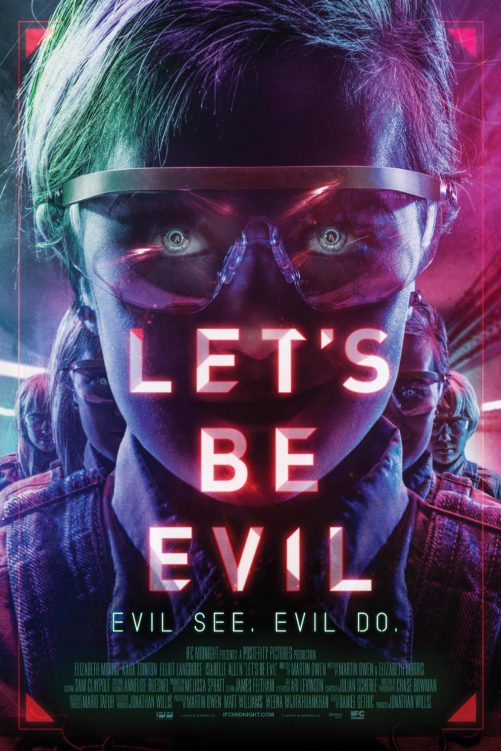


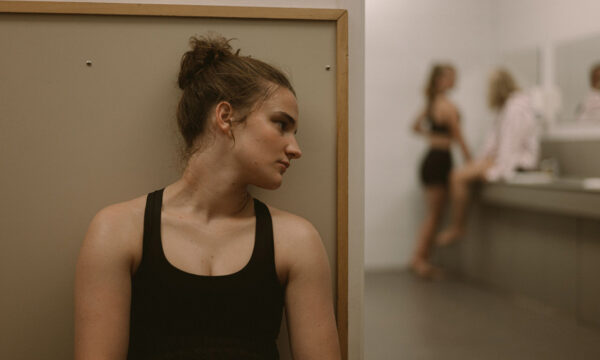

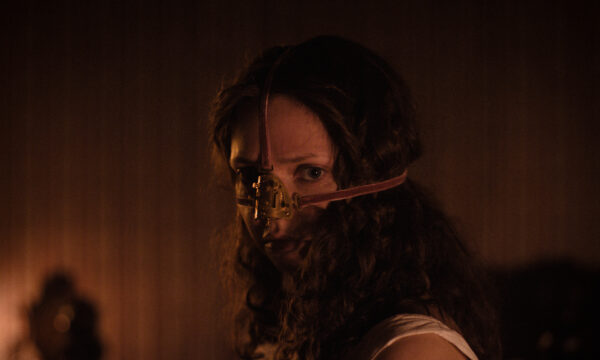
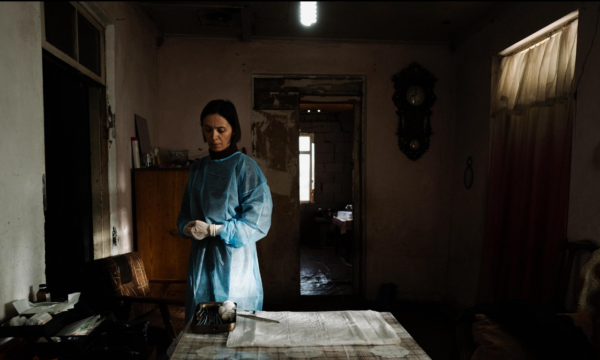















Facebook
Twitter
Instagram
YouTube
RSS